TRUMP'S IMMIGRANT POLICE ICE HAVE ALREADY ARRESTED THOUSANDS IMMIGRANTS WITHOUT CRIMINAL RECORDS.THIS WAS HITLER'S EMBARRASSING ACT TO JEWS.HITLER WOULD BE PROSECUTED BY ATTORNEYS FROM THE COUNTRIES THAT WERE HIS VICTIMS.
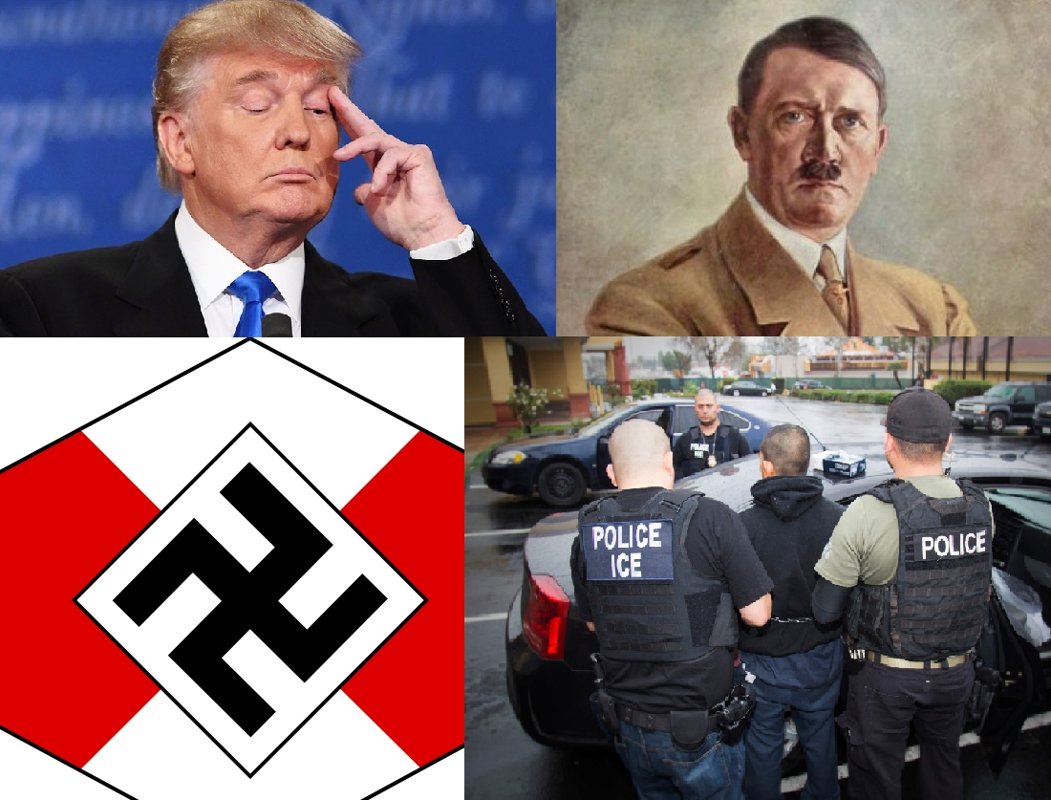 Trump
is comparing to Adolf Hitler is an embarrassing act of Ignorance and
also political irresponsiblility.Several times Trump has been compared
to Adolf Hitler
by people in America, mainly by his political adversaries who
disagree with him passionately.
Trump
is comparing to Adolf Hitler is an embarrassing act of Ignorance and
also political irresponsiblility.Several times Trump has been compared
to Adolf Hitler
by people in America, mainly by his political adversaries who
disagree with him passionately.
U.S. Immigration and Customs Enforcement, also known as “ICE”, is the law enforcement arm of the U.S. Department of Homeland Security that enforces American immigration laws. Among other duties, ICE is responsible for detaining and removing illegal immigrants. In many cases, however, ICE relies on local law enforcement authorities to identify, report, and turn over immigrants to them for deportation purposes.Donald Trump’s immigration crackdown has resulted in a surge of arrests. In a splashy statement, ICE said its agents arrested more than 41,000 people in the 100 days since Trump signed his executive orders on immigration a spike of nearly 40 percent when compared to the same period last year. “These statistics reflect President Trump’s commitment to enforce our immigration laws fairly and across the board,” the statement reads.The latest ICE stats have advocates particularly worried that arrests are increasingly happening away from the border, in the country’s interior.Immigration and Customs Enforcement (ICE) has listed several “sensitive locations” where they will not set up checkpoints or enter in order to arrest undocumented immigrants. These locations include schools, houses of worship, hospitals, and public demonstrations, though ICE says that arrests there are permissible under “exigent circumstances.”Courthouses are not sensitive locations, ICE states that enforcement action there “will only be executed against individuals falling within the public safety priorities of [Department of Homeland Security’s] immigration enforcement priorities set forth in the November 20, 2014, memorandum from Secretary Johnson.” However, this is not always the case – an undocumented woman was arrested outside of a courthouse in El Paso, Texas, where she was getting a protective order against an abusive ex-boyfriend. There have also been an increasing number of reports of similar arrests outside of courthouses across the country.Commission on Civil Rights, by majority vote, issued two statements: expressing concern that enforcing immigration detainers in courthouses diminishes access to justice for all persons, and urging the U.S. Department of Justice to work with police departments to ensure constitutional policing. The commission’s chairman, Catherine E. Lhamon, stated: “The Commission continues to fulfill its role in holding the federal government accountable in its efforts to enforce civil rights. Ensuring equal access to courthouses and constitutional policing are necessary parts of those efforts.”If you are stopped outside of a courthouse, you should not speak with ICE agents. You should use your right to remain silent, as well as invoke your right to legal representation. If you are worried about going to court alone, Long Island Jobs with Justice has the Accompaniment Project, which you can contact by sending an email to lijwj01@gmail.com or calling their hotline at (516) 387-2043.Instead of making our communities safer, this tactic actually puts a community at risk for increased crime. Witness who are undocumented will be afraid to testify against a defendant for fear of being picked up by ICE at the courthouse. It will be likely that the defendant will be released back into the community and go unpunished.Deportations and arrests of undocumented immigrants without criminal records soared in President Donald Trump's first year of office.The Detroit Free Press analyzed data from Immigration and Customs Enforcement (ICE) and U.S Border Patrol (USBP), and found a significant increase in the deportations and arrests of non-criminal immigrants.The Free Press reports a 117% increase in the number of deportations of undocumented immigrants with no criminal records, and 23% increase in deportations of immigrants with criminal records. Overall, deportations in Michigan and Ohio increased 56 percent.There was a 126% increase of ICE arrests of non-criminal undocumented immigrants, and a 52% increase of arrests overall.This reporting confirms the suspicions of many immigrants and immigration rights advocates, who have said that non-criminal deportations have risen, despite the Trump administration's rhetoric that they are prioritizing immigrants with criminal records.
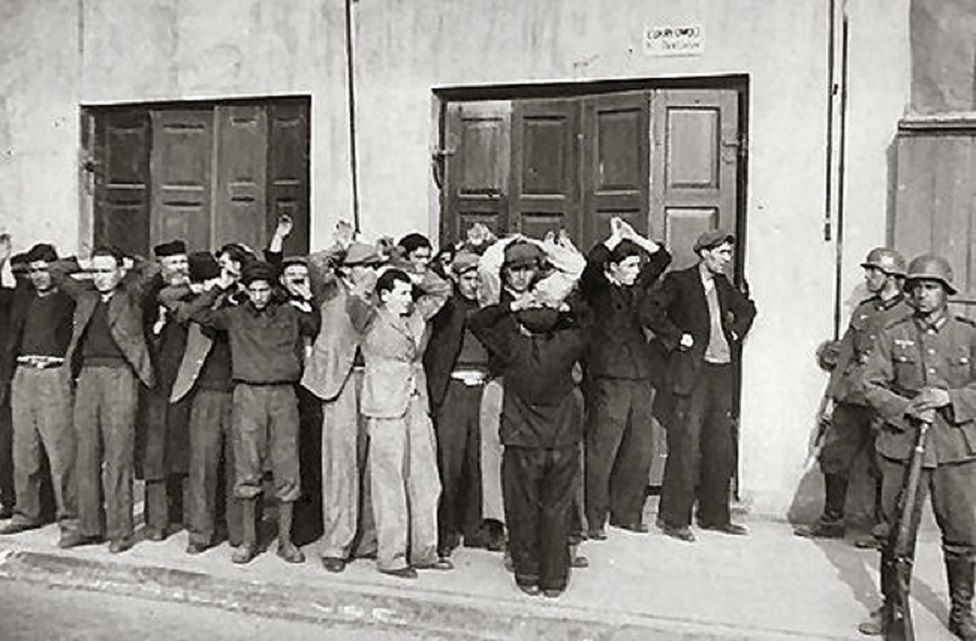 In
January 1933, some 522,000 Jews by religious definition lived in
Germany. Over half of these individuals, approximately 304,000 Jews,
emigrated during the first six years of the Nazi dictatorship, leaving
only approximately 214,000 Jews in Germany proper (1937 borders) on the
eve of World WarII
In
January 1933, some 522,000 Jews by religious definition lived in
Germany. Over half of these individuals, approximately 304,000 Jews,
emigrated during the first six years of the Nazi dictatorship, leaving
only approximately 214,000 Jews in Germany proper (1937 borders) on the
eve of World WarII
German Jews during the Hittler's Nazi Regime, 1939–1945
In
January 1933, some 522,000 Jews by religious definition lived in
Germany. Over half of these individuals, approximately 304,000 Jews,
emigrated during the first six years of the Nazi dictatorship, leaving
only approximately 214,000 Jews in Germany proper (1937 borders) on the
eve of World War II.In
the years between 1933 and 1939, the Nazi regime had brought radical
and daunting social, economic, and communal change to the German Jewish
community. Six years of Nazi-sponsored legislation had marginalized and
disenfranchised Germany's Jewish citizenry and had expelled Jews from
the professions and from commercial life. By early 1939, only about 16
percent of Jewish breadwinners had steady employment of any kind.
Thousands of Jews remained interned in concentration camps following the
mass arrests in the aftermath of Kristallnacht (Night of the Broken
Glass) in November 1938.Yet
the most drastic changes for the German Jewish community came with
World War II in Europe. In the early war years, the newly transformed
Reich Association of Jews in Germany (Reichsvereinigung der Juden in
Deutschland), led by prominent Jewish theologian Leo Baeck but subject
to the demands of Nazi German authorities, worked to organize further
Jewish emigration, to support Jewish schools and self-help
organizations, and to help the German Jewish community contend with an
ever-growing mass of discriminatory legislation.Following
the outbreak of war on September 1, 1939, the government imposed new
restrictions on Jews remaining in Germany. One of the first wartime
ordinances imposed a strict curfew on Jewish individuals and prohibited
Jews from entering designated areas in many German cities. Once a
general food rationing began, Jews received reduced rations; further
decrees limited the time periods in which Jews could purchase food and
other supplies and restricted access to certain stores, with the result
that Jewish households often faced shortages of the most basic
essentials.German
authorities also demanded that Jews relinquish property “essential to
the war effort” such as radios, cameras, bicycles, electrical
appliances, and other valuables, to local officials. In September 1941, a
decree prohibited Jews from using public transportation. In the same
month came the notorious edict requiring Jews over the age of six to
wear the yellow Jewish Star (Magen David) on their outermost garment.
While ghettos were generally not established in Germany, strict
residence regulations forced Jews to live in designated areas of German
cities, concentrating them in “Jewish houses” (“Judenhäuser”). German
authorities issued ordinances requiring Jews fit for work to perform
compulsory forced labor.In
early 1943, as German authorities implemented the last major
deportations of German Jews to Theresienstadt or Auschwitz, German
justice authorities enacted a mass of laws and ordinances legitimizing
the Reich's seizure of their remaining property and regulating its
distribution among the German population. The persecution of Jews by
legal decree ended with a July 1943 ordinance removing Jews entirely
from the protection of German law and placing them under the direct
jurisdiction of the Reich Security Main Office. Deportation,public
imagination associates the deportation of Jewish citizens with the
“Final Solution,” but indeed the first deportations of Jews from the
Reich albeit Jews from areas recently annexed by Germany began in
October 1939 as part of the Nisko, or Lublin, Plan. This deportation
strategy envisioned a Jewish “reservation” in the Lublin District of the
Government General (that part of German-occupied Poland not directly
annexed to the Reich). Adolf Eichmann, the German RSHA official who
would later organize the deportation of so many of Europe's Jewish
communities to ghettos and killing centers, coordinated the transfer of
some 3,500 Jews from Moravia in the former Czechoslovakia, from Katowice
(then Kattowitz) in German-annexed Silesia, and from the Austrian
capital, Vienna, to Nisko on the San River. Although problems with the
deportation effort and a change in German policy put an end to these
deportations, Eichmann's superiors in the RSHA were sufficiently
satisfied with his initiative to ensure that he would play a role in
future deportation proceedings.In
addition, RSHA officials coordinated the deportation of approximately
100,000 Jews from German-annexed Polish territory (the so-called
province of Danzig-West Prussia, District Wartheland, and East Upper
Silesia) into the Government General in the autumn and winter of
1939–1940. In October 1940, Gauleiter Josef Bürckel ordered the
expulsion of nearly 7,000 Jews from Baden and the Saarpfalz in
southwestern Germany to areas of unoccupied France in a second
deportation of German Jews. French authorities quickly absorbed most of
these German Jews in the Gurs internment camp in the Pyrenees of
southwestern France.Upon
Hitler's authorization, German authorities began systematic
deportations of Jews from Germany in October 1941, even before the SS
and police established killing centers (“extermination camps”) in
German-controlled Poland. Pursuant to the Eleventh Decree of Germany's
Reich Citizenship Law (November 1941), German Jews “deported to the
East” suffered automatic confiscation of their property upon crossing
the Reich frontier.Between
October and December 1941, German authorities deported around 42,000
Jews from the so-called Greater German Reich including Austria and the
annexed Czech lands of Bohemia and Moravia virtually all to ghettos in
Lodz, Minsk, Kovno (Kaunas, Kovne), and Riga. German Jews sent to Lodz
in 1941 and to Warsaw, the Izbica and Piaski transit ghettos and other
locations in the Generalgouvernement in the first half of 1942 numbered
among those deported together with Polish Jews to the killing centers of
Chelmno (Kulmhof), Treblinka, and Belzec.German
authorities deported more than 50,000 Jews from the so-called Greater
German Reich to ghettos in the Baltic states and Belorussia (today
Belarus) between early November 1941 and late October 1942. There the SS
and police shot the overwhelming majority of them. After selecting a
small minority to survive temporarily for exploitation as forced
laborers, the SS and police interned them in special German sections of
the Baltic and Belorussian ghettos, segregated from those few local Jews
whose survival the SS and police had permitted, generally to exploit
special occupational skills.Such
“German ghettos” within a larger ghetto framework existed notably in
Riga and in Minsk. SS and police officials killed most of these German
Jews when they liquidated the ghettos in 1943. After late October 1942,
the German authorities deported the majority of Jews remaining in
Germany directly to the killing center at Auschwitz-Birkenau or to
Theresienstadt.German
regulations initially exempted German Jewish war veterans and elderly
persons over the age of sixty-five, as well as Jews living in mixed
marriages (“privileged marriages”) with German “Aryans” and the
offspring of those marriages from anti-Jewish measures, including
deportations. In the end, German officials deported disabled and highly
decorated Jewish war veterans as well as elderly or prominent Jews from
so-called Greater German Reich and the German-occupied Netherlands to
the Theresienstadt (Terezin) ghetto near Prague. Although the SS used
the ghetto as a showcase to portray the fiction of “humane” treatment of
Jews, Theresienstadt in actuality represented a way station for most
Jews en route to their deportation “to the east.” The SS and police
routinely relocated Jews from Theresienstadt, including German Jews, to
killing centers and killing sites in German-occupied Poland, Belorussia,
and the Baltic States. More than 30,000 died in the Theresienstadt
ghetto itself, mostly from starvation, illness, or maltreatment.In
May 1943, Nazi German authorities reported that the Reich was judenrein
(“free of Jews”). By this time, mass deportations had left fewer than
20,000 Jews in Germany. Some survived because they were married to
non-Jews or because race laws classified them as Mischlinge (of mixed
ancestry, or part Jewish) and were thus temporarily exempt from
deportation. Others, called “U-Boats” or “submarines,” lived in hiding
and evaded arrest and deportation, often with the aid of non-Jewish
Germans who sympathized with their plight.In
all, the Germans and their collaborators killed between 160,000 and
180,000 German Jews in the Holocaust, including most of those Jews
deported out of Germany.
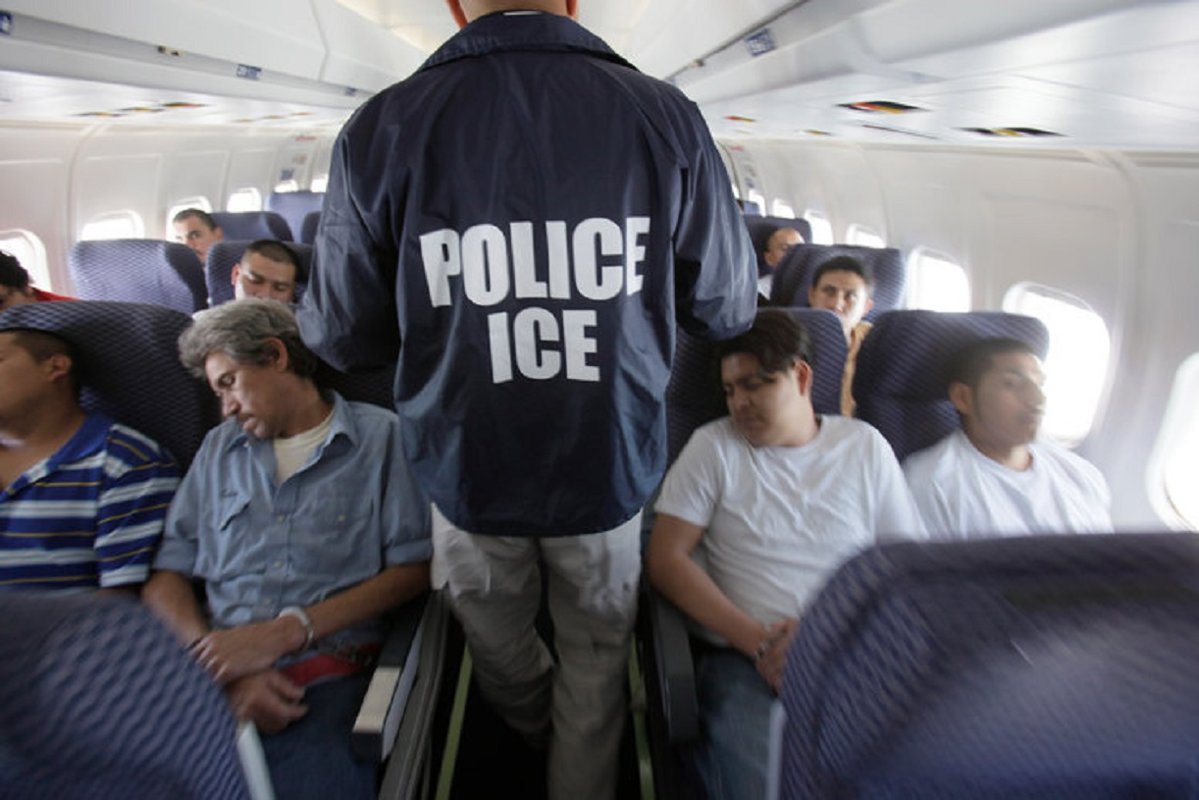
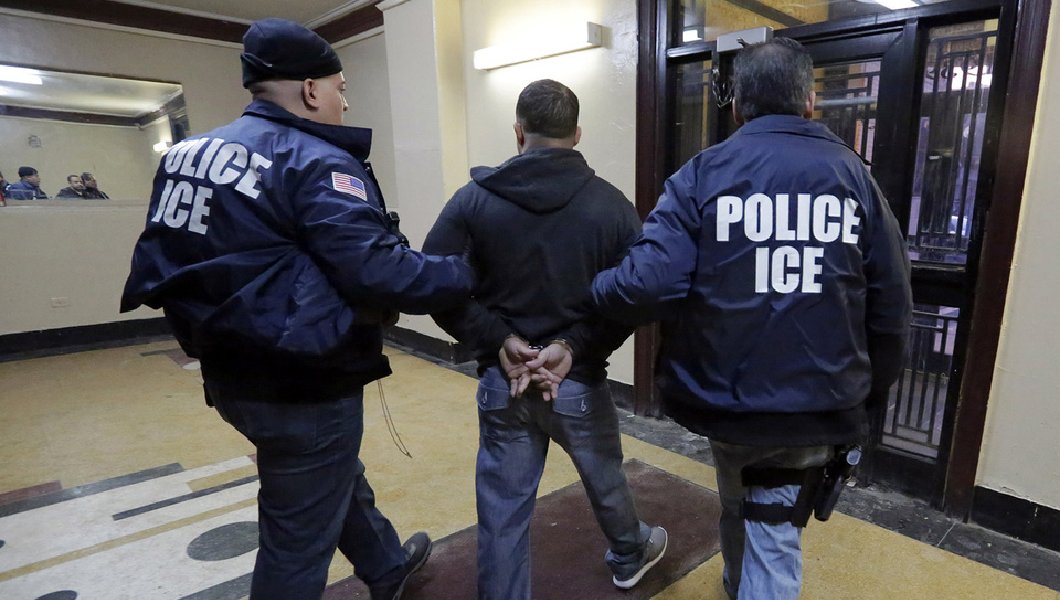
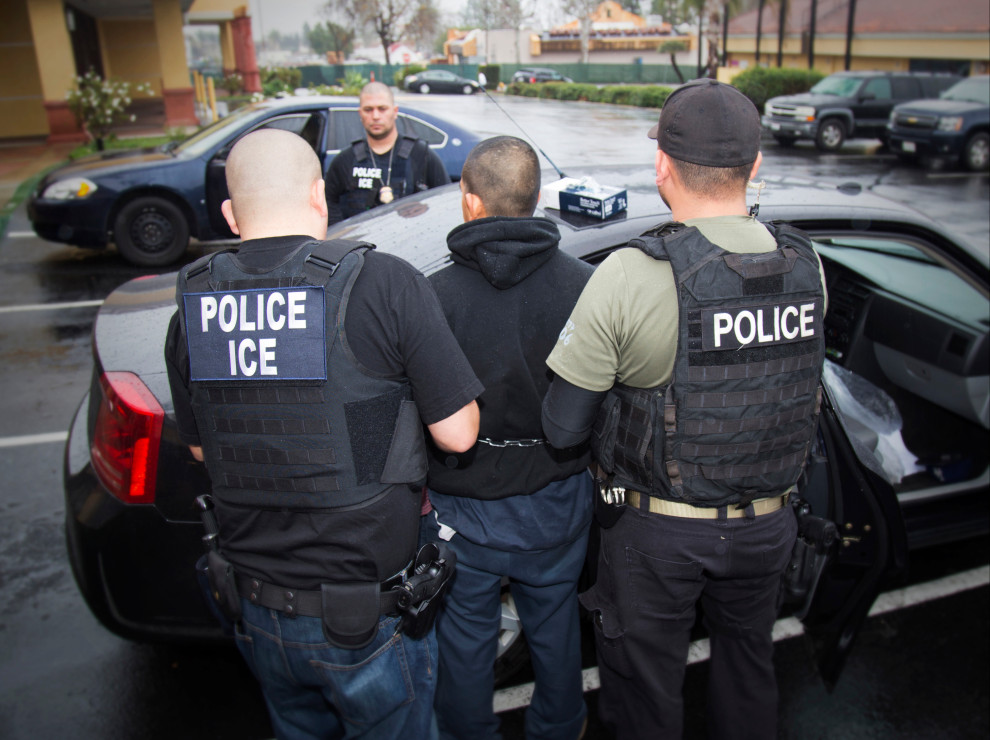 ICE
arrests green card applicants in Lawrence, signaling shift In
priorities.Federal immigration officers arrested five people in Lawrence
when they showed up for scheduled appointments at a U.S. Citizenship
and Immigration Services (USCIS) office.WBURhas
confirmed that at least three of those arrested were beginning the
process to become legal permanent residents. U.S. Immigration and
Customs Enforcement (ICE) had orders to detain each of Thousand
individuals for deportation.
ICE
arrests green card applicants in Lawrence, signaling shift In
priorities.Federal immigration officers arrested five people in Lawrence
when they showed up for scheduled appointments at a U.S. Citizenship
and Immigration Services (USCIS) office.WBURhas
confirmed that at least three of those arrested were beginning the
process to become legal permanent residents. U.S. Immigration and
Customs Enforcement (ICE) had orders to detain each of Thousand
individuals for deportation.
Congresswoman
Nydia Velazquez introduced a new bill that would block Immigration and
Customs Enforcement (ICE) officers from wearing clothing or protective
gear with the word “police” on it. H.R. 2073 aims to amend section 287
of the Immigration and Nationality
Act so that ICE agents cannot identify themselves as police by placing
the term on any items they use.“Not only are ICE raids an unconscionable
attack on our most vulnerable communities, any attempt by immigration
officers to deceivingly pose as local police ought to be prohibited,”
Congresswoman Velazquez said in a statement. “After holding various
‘Know Your Rights’ workshops in my district, I’ve heard firsthand from
families who fear reporting crime or engaging with the police due to the
potential of getting caught up with immigration agents. This only makes
our communities less safe.”“Irrespective of whether it’s lawful to do
that, that begs the question of whether it’s ethical to do it or whether
it’s an appropriate policy to do it. It begs the question of whether
ICE doing so endangers public safety, “ICE misidentifying itself as
police officers in my city makes Los Angeles less safe for
everyone.”Sarah Rodriguez, an ICE spokeswoman, argued that “It’s clear
that we are a law enforcement agency…We have police authority.” She
added, “It is the universally recognized term for law enforcement, and
our personnel routinely interact with individuals from around the
world.”Removing “police” from ICE uniforms and gear helps disassociate
ICE agents from local law enforcement. This distinction is becoming
increasingly important, as undocumented immigrants conflate the two and
are then scared to call for help when they become the victims or
witnesses of crime. When ICE agents wear “police” on their uniforms, the
relationship between the immigrant community and local law enforcement
agencies is damaged and the fear of authority increases.Immigration
and Customs Enforcement chief John Morton has been quick to deny the
agency sets quotas for deportations after a Washington Post story
revealed an internal memo stating just that. The head of ICE’s detention
and removal operations, where he complained that the overall number of
immigrant removals was down.Non-criminal Removals are Falling Short of
our Goal,” a headline said in the document.Police
Union Head Says NYC Cops Want to Help ICE Deport More People.New York
City Police Commissioner James O’Neill sent out a memo on how his
department should respond to president Trump’s new immigration executive
orders. The note was 431-words long, but
could be summarized in just three: This changes nothing.“It is critical
that everyone who comes into contact with the NYPD, regardless of their
immigration status, be able to identify themselves or seek assistance
without hesitation, anxiety or fear,” O’Neill reminded New York’s
finest. “The NYPD does not conduct civil immigration enforcement .For
example, the NYPD does not arrest or detain individuals for immigration
violations such as overstaying a lawfully issued visa. However, the NYPD
does and will continue to honor federal immigration detainers when
there is a risk to public safety.”Those
arrested represented many countries throughout the world, including:
Bahamas, Chile, Colombia, Costa Rica, Cuba, Dominican Republic, Ecuador,
El Salvador, Guatemala, Haiti, Honduras, India, Israel, Italy, Jamaica,
Mexico, Nicaragua, Panama, Peru, South Africa, St. Kitts, Ukraine,
Vietnam.Arrested
individuals who have outstanding orders of deportation, or who returned
to the United States illegally after being deported, are subject to
immediate removal from the country. The remaining individuals are in ICE
custody awaiting a hearing before an immigration judge, or pending
travel arrangements for removal in the near future.All of the targets in this operation were amenable to arrest and removal under the Immigration and Nationality Act.
Since November 2014, the NYPD has refused to enforce administrative warrants from Immigration and Customs Enforcement, except in cases involving undocumented defendants accused of serious crimes. At the time that policy was enacted, it created relatively little friction with federal authorities midway through its second term, the Obama administration narrowed ICE’s deportation priorities to felons and recent arrivals.But the latest guidance from the Trump administration broadens ICE’s priorities to include nearly every undocumented immigrant in the United States. The Department of Homeland Security has instructed immigration enforcement to prioritize the deportation of anyone who engages in “fraud or willful misrepresentation in connection with any official matter” a description that fits any undocumented immigrant who has used a fake social security number to qualify for gainful employment.The NYPD’s disinterest in helping the White House with this project is shared by many other big city police departments.But it may not be shared by most rank-and-file NYPD officers. On Sunday, the Sergeants Benevolent Association president Ed Mullins discussed the Big Apple’s “sanctuary city” status on Gristedes owner John Catsimatidis’s AM-radio show. Here’s how Mullins summarized his union members’ position on cooperating with ICE (per Gothamist’s transcription):Make no mistake about it, the members of law enforcement in the NYPD want to cooperate with ICE. I speak to cops every day. They want to cooperate with ICE, they want to work with fellow law enforcement agents…There is a point where there is a moral obligation, and as the chief law enforcement officer of the city, you yourself have to be able to follow the direction of law.
We don’t get to participate in the laws that we want. If that’s the case, then we’re waiving all the federal laws for law enforcement officials then they can go out and break the law. I mean, that’s total lunacy that something like that could possibly happen.Here, Mullins argues that it is wrong for police officers to pick and choose which laws to abide by while also suggesting that cops have a “moral obligation” to aid immigration authorities in defiance of municipal law.When New York City decided to withhold resources from immigration enforcement, it did not nullify federal immigration law. Rather, it asserted its 10th Amendment right not to be “commandeered” by the federal government into enforcing such laws. Ed Mullins may object to the prevailing interpretation of federal powers on this matter, but when he substitutes his judgement for that of the Supreme Court, he is the one encouraging cops to flout the law.Whether Mullins truly speaks for the average cop on the beat is unclear. But Donald Trump did enjoy outsize support from law-enforcement groups across the country during his campaign.And the enthusiasm for the president and his policies among rank-and-file law enforcement agents has already led some to pick which Constitutional protections they wish to honor.
There definitely seems to be recklessness in the way ICE is operating. In recent days, its agents have taken a woman with a brain tumor out of a hospital, almost deported a distinguished French scholar flying into Houston to deliver a university lecture and scared the daylights out of an Australian children’s author who vowed after the experience never to visit the United States again.This isn’t being done solely to foreigners. The son of the boxer Muhammad Ali, a citizen, was questioned upon arriving in Florida from Jamaica about his religion, which would seem to be a clear violation of the First Amendment’s guarantee of religious freedom. And passengers on a domestic flight from San Francisco to New York were required to show their identity documents, a violation of the Fourth Amendment and an overreach of ICE’s mission of dealing with entry to the country.As a wise union representative once said, “If that’s the case, then we’re waiving all the federal laws for law enforcement officials I mean, that’s total lunacy.”ICE deportation officers carry out targeted enforcement operations daily nationwide as part of the agency’s ongoing efforts to protect the nation, uphold public safety, and protect the integrity of our immigration laws and border controls. These operations involve existing and established Fugitive Operations Teams.During the targeted enforcement operations, ICE officers frequently encounter other aliens illegally present in the United States. They are evaluated on a case-by-case basis, and, when appropriate, they are arrested by ICE officers.In fiscal year 2016, ICE conducted 240,255 removals nationwide. Ninety-two percent of individuals removed from the interior of the United States had previously been convicted of a crime.
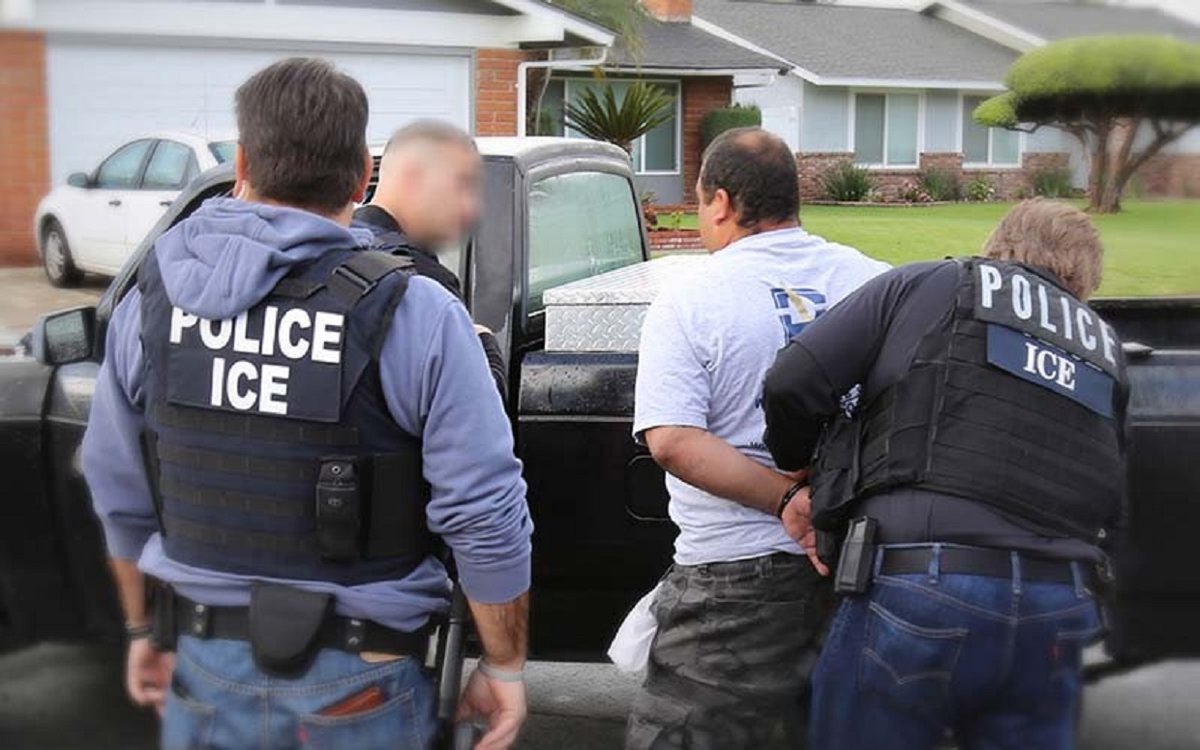

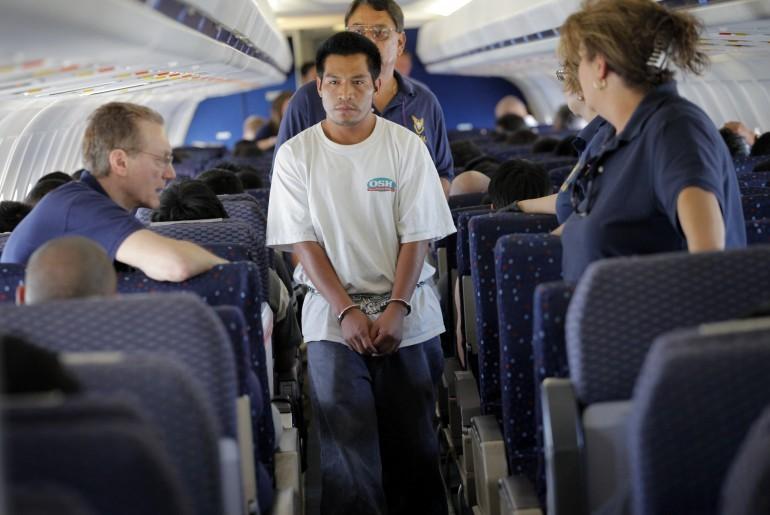
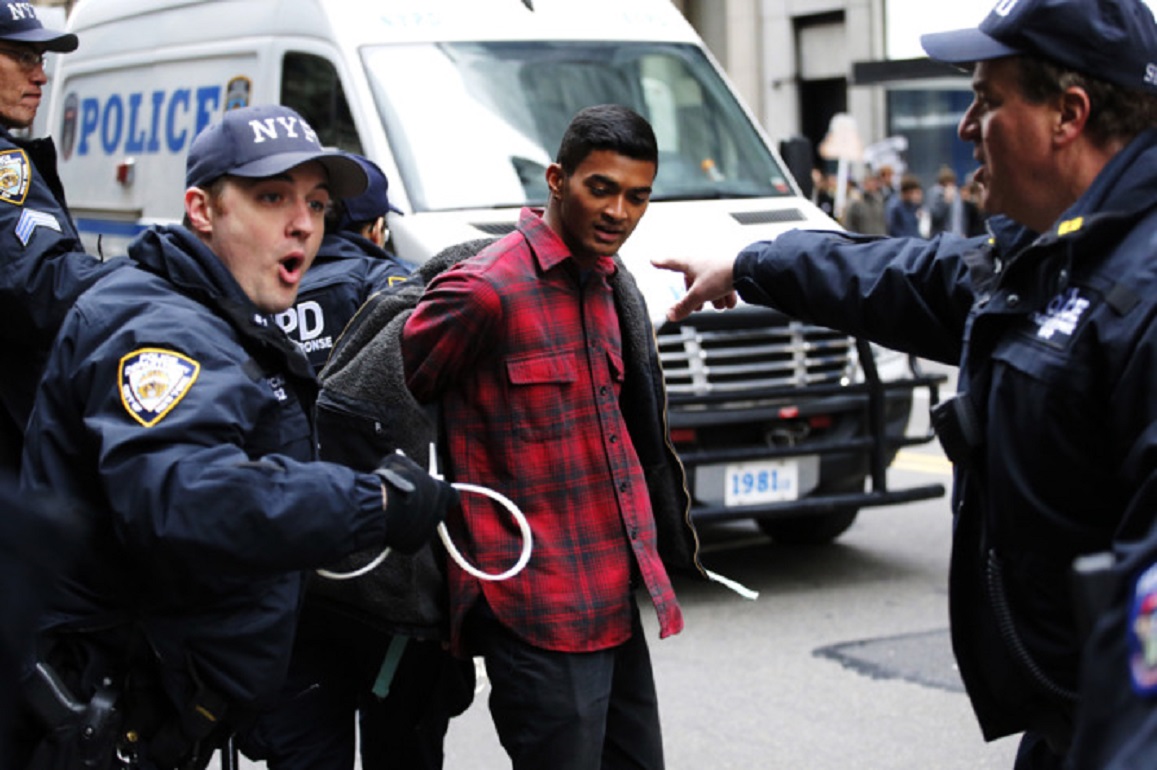 U.S.
Immigration and Customs Enforcement (ICE) officers arrested many
people. ICE Enforcement and Removal Operations (ERO) officers made the
arrests,those
arrested represented many countries throughout the world, including:
Bahamas, Chile, Colombia, Costa Rica, Cuba, Dominican Republic, Ecuador,
El Salvador, Guatemala, Haiti, Honduras, India, Israel, Italy, Jamaica,
Mexico, Nicaragua, Panama, Peru, South Africa, St. Kitts, Ukraine, Vietnam.
U.S.
Immigration and Customs Enforcement (ICE) officers arrested many
people. ICE Enforcement and Removal Operations (ERO) officers made the
arrests,those
arrested represented many countries throughout the world, including:
Bahamas, Chile, Colombia, Costa Rica, Cuba, Dominican Republic, Ecuador,
El Salvador, Guatemala, Haiti, Honduras, India, Israel, Italy, Jamaica,
Mexico, Nicaragua, Panama, Peru, South Africa, St. Kitts, Ukraine, Vietnam.
